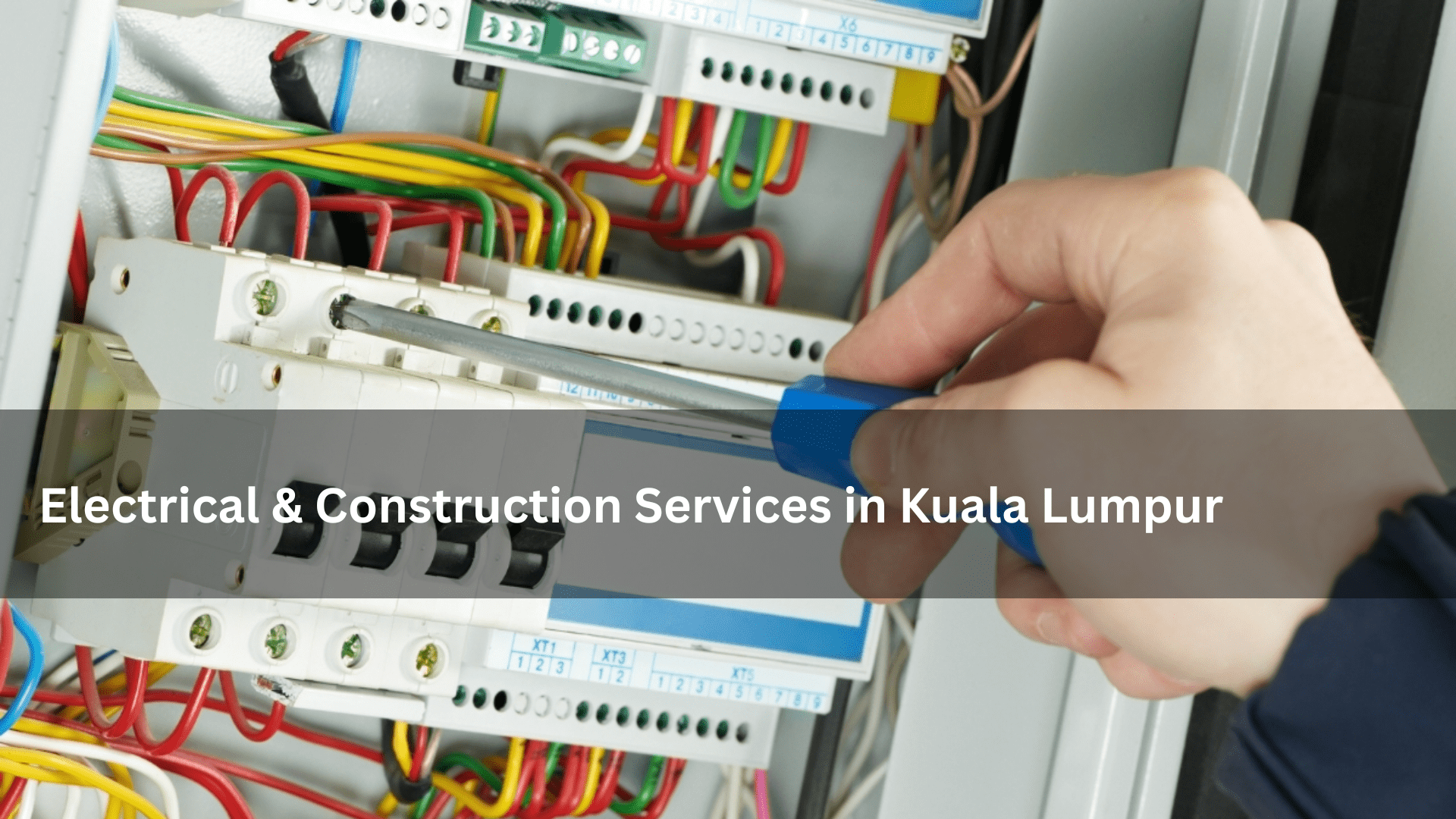Understanding Semiconductor X-ray Inspection
Semiconductor X-ray inspection refers to the use of high-resolution X-ray imaging to evaluate the internal structures of semiconductor components and electronic assemblies without physically altering or destroying them. This technique is particularly valuable for identifying defects that are invisible to the naked eye or traditional optical inspection methods.
The technology behind X-ray inspection has evolved dramatically, with 2D and 3D imaging capabilities that allow manufacturers to peer inside complex packages, such as Ball Grid Arrays (BGAs), Quad Flat No-Leads (QFNs), and Chip Scale Packages (CSPs). These components, while offering tremendous functionality in small footprints, pose significant challenges when it comes to visual inspection due to their enclosed structures.
Why Semiconductor X-ray Inspection Matters in Electronics Manufacturing
Ensuring Product Reliability and Safety
In industries such as aerospace, medical devices, automotive, and telecommunications, the cost of failure can be catastrophic. A defective semiconductor can cause system malfunctions, data loss, or worse—safety hazards. Semiconductor X-ray inspection plays a critical role in identifying micro-cracks, voids in solder joints, misaligned components, and other structural anomalies before products reach the consumer.
Supporting Miniaturization Trends
As devices become smaller and denser, traditional inspection methods fall short. High-density interconnect (HDI) PCBs, 3D stacked ICs, and system-in-package (SiP) assemblies require precise inspection solutions. Semiconductor X-ray inspection offers the resolution and penetration power needed to examine these compact assemblies in fine detail, without disassembly or damage.
Enhancing Quality Control Processes
Real-time feedback during the manufacturing process is essential for improving yield and reducing scrap. Inline semiconductor X-ray inspection systems can be integrated directly into production lines to continuously monitor product quality. These systems can detect defects in real-time, allowing manufacturers to immediately correct process parameters, saving both time and material costs.
Applications of Semiconductor X-ray Inspection in Manufacturing
PCB Assembly Inspection
Printed Circuit Boards (PCBs) are the backbone of electronic systems. X-ray inspection is particularly effective in identifying solder joint issues such as bridging, cold joints, and insufficient solder, especially under hidden components like BGAs. By using semiconductor X-ray inspection, manufacturers can ensure the integrity of electrical connections throughout the assembly.
Semiconductor Packaging Verification
Complex packaging technologies such as flip-chip, wire bonding, and multi-die stacking require verification of internal structures. X-ray imaging can identify die cracks, bond wire misplacements, and internal delaminations that could lead to failures during operation. These issues are often invisible from the exterior and can only be detected via non-destructive internal imaging.
Failure Analysis and R&D
When a failure occurs in a semiconductor device, root cause analysis is crucial. X-ray inspection enables engineers to examine internal features of the device without destroying it. This is particularly useful in research and development environments where prototypes are costly and limited in quantity. By identifying and correcting potential design flaws early, semiconductor X-ray inspection accelerates time to market and reduces development costs.
Incoming Material Inspection
Suppliers play a major role in electronics manufacturing, and ensuring the quality of incoming parts is essential. Manufacturers use semiconductor X-ray inspection to verify the internal quality of parts supplied by third parties. This step minimizes the risk of integrating faulty components into the production line and helps maintain consistent product standards.
Benefits of Semiconductor X-ray Inspection in Manufacturing
Non-Destructive Testing
One of the biggest advantages of X-ray inspection is its non-destructive nature. Manufacturers can examine internal features without having to cut open or dismantle a component, preserving the integrity of the part and enabling further testing or use.
High Accuracy and Detail
Modern X-ray systems offer micrometer-level resolution, making it possible to detect extremely small defects. 3D computed tomography (CT) adds another dimension by reconstructing a 3D image of the component, providing even greater insight into its structure and integrity.
Fast and Efficient
Automated semiconductor X-ray inspection systems can scan hundreds of components per hour, making them highly efficient for high-volume production environments. With intelligent software algorithms, these systems can quickly identify and flag anomalies for further review, minimizing human error and increasing throughput.
Improved Yield and Reduced Costs
Early detection of defects reduces rework and waste, ultimately lowering manufacturing costs. In addition, consistent quality control through X-ray inspection enhances product yield, improving profitability and customer satisfaction.
Challenges and Considerations
While the advantages are clear, implementing semiconductor X-ray inspection does come with certain considerations. The initial investment in high-resolution equipment and trained personnel can be significant. Additionally, interpreting X-ray images requires a skilled eye and a deep understanding of component geometry and materials.
Manufacturers must also ensure that the inspection process is tailored to their specific production needs. For example, some applications may benefit more from 2D imaging for speed, while others may require 3D CT scanning for higher accuracy.
The Future of Semiconductor X-ray Inspection
The landscape of semiconductor X-ray inspection is continuously evolving alongside advancements in AI and machine learning. These technologies are increasingly integrated into inspection systems to enhance defect recognition, reduce false positives, and streamline data analytics. With AI-driven pattern recognition, manufacturers can improve accuracy and adapt inspection protocols dynamically based on production feedback.
Additionally, as the industry moves toward Industry 4.0, the role of X-ray inspection will become more interconnected with other digital manufacturing tools, such as digital twins, predictive maintenance systems, and smart factory solutions.
Conclusion
In the high-stakes world of modern electronics manufacturing, quality assurance is not optional—it’s essential. Semiconductor X-ray inspection offers a powerful, non-destructive solution for verifying the integrity of complex components and assemblies. From detecting hidden defects to enhancing production efficiency, this technology is a cornerstone of reliable and innovative electronic product development.
As electronics continue to evolve, the demand for precise and reliable inspection methods will only grow. By integrating semiconductor X-ray inspection into their manufacturing processes, companies position themselves to meet the challenges of tomorrow while maintaining the highest standards of quality and performance today.










